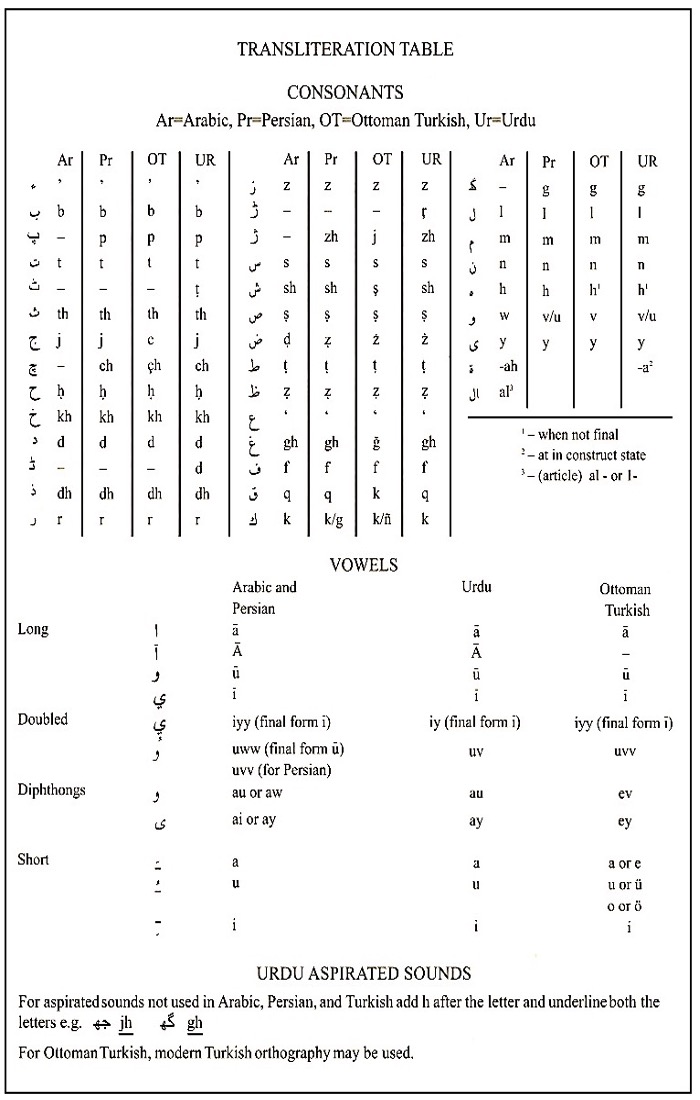Submissions
Submission Preparation Checklist
All submissions must meet the following requirements.
- The submission has not been previously published, nor is it before another journal for consideration (or an explanation has been provided in Comments to the Editor).
- The submission file is in Microsoft Word.
- The text is single-spaced; uses a 14-point font (for Arabic submissions) and a 12-point font (for English submissions); employs italics, rather than underlining (except with URL addresses); and all illustrations, figures, and tables are placed within the text at the appropriate points, rather than at the end.
- Where available, URLs for the references have been provided.
- The text adheres to the stylistic and bibliographic requirements outlined in the Author Guidelines.
Copyright Notice
Consent to publish: The Author(s) agree to publish their articles with Al Qasimia University.
Declaration: The Author(s) declare that the article has not been published before in any form and that it is not concurrently submitted to another publication, and also that it does not infringe on anyone’s copyright. The Author(s) holds Al Qasimia University and the Editors of the Journal harmless against all copyright claims.
Transfer of copyright: The Author(s) hereby agree to transfer the copyright of the article to Al Qasimia University, which shall have the non-exclusive and unlimited right to publish the article in any form, including in electronic media. For the article with more than one author, the corresponding author confirms that he/she is authorized by his/her co-author(s) to grant this transfer of copyright.
The Al Qasimia Univerity Journal of Shari’a Sciences and Islamic Studies follows the open access policy. The Journal currently does not charge any publication fee.
All articles published open access will be immediately and permanently free for everyone to read, download, copy and distribute.
The Journal fulfills the DOAJ definition of open access and is also licensed under a Creative Commons Attribution 4.0 International License.
Privacy Statement
The names and email addresses entered in this journal site will be used exclusively for the stated purposes of this journal and will not be made available for any other purpose or to any other party.

